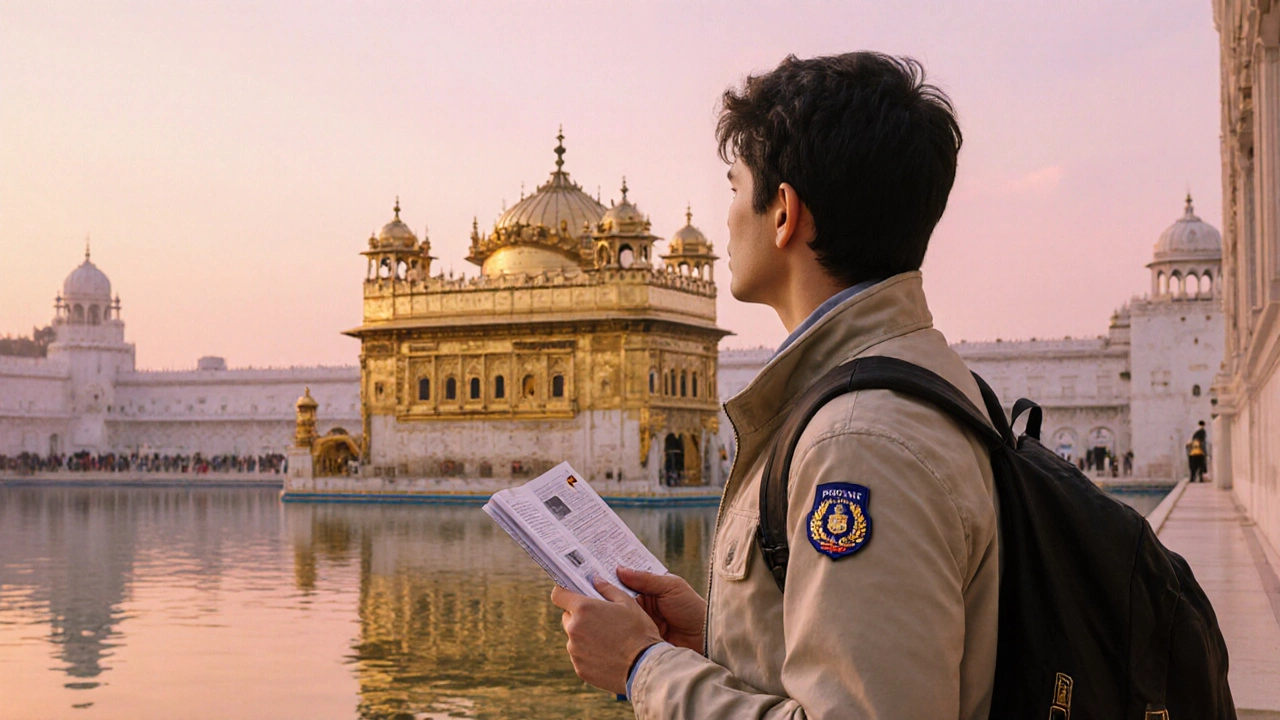Tourist Safety India
When you think of Tourist Safety India, the measures and awareness travelers need to stay secure while exploring India’s cities, temples, and streets. Also known as travel safety in India, it’s not about fear—it’s about knowing what to watch for and how to act. India welcomes millions of visitors every year, and most leave with amazing memories, not problems. But safety isn’t automatic. It’s something you build by making smart choices—like where you eat, how you get around, and which neighborhoods you walk through at night.
One of the biggest concerns for tourists is food safety, how to enjoy India’s famous street food without getting sick. You don’t need to avoid it. In fact, some of the best meals come from busy stalls where food turns over fast. Look for vendors with a line of locals—high turnover means fresh, hot food. Avoid raw salads, unpeeled fruit, and ice in drinks unless you’re sure the water’s filtered. This isn’t guesswork; it’s what thousands of American and European travelers do every day in North India without issue.
Then there’s transport safety, how to ride taxis, trains, and auto-rickshaws without getting overcharged or lost. Always use apps like Ola or Uber for fixed pricing. If you take a taxi from the street, agree on the fare before you get in—or better yet, ask your hotel to call one. In cities like Delhi, India’s capital and a major hub for international tourists, traffic can be chaotic, but the metro is clean, cheap, and safe for solo travelers. In Mumbai, a bustling coastal city with a strong police presence in tourist zones, women often feel safer than in other large Indian cities, especially during the day. But no matter where you are, keep your valuables out of sight and avoid flashing cash.
Big festivals like the Kumbh Mela, the world’s largest religious gathering, drawing tens of millions can be overwhelming. Crowds are part of the experience, but they also mean pickpockets. Keep your bag zipped, your phone tucked away, and stay close to your group. If you’re heading to remote temples or trekking routes like K2 Base Camp, check local conditions, carry a basic first-aid kit, and never go alone without telling someone your plans.
You don’t need to be paranoid. You just need to be aware. India is not dangerous—it’s complex. And the more you understand how things work here, the safer you’ll feel. Whether you’re eating spicy butter chicken from a roadside cart, haggling in a Delhi market, or catching a train to Goa, the rules are simple: trust your gut, watch your surroundings, and don’t be afraid to ask for help. The people you meet will often go out of their way to make sure you’re okay.
Below, you’ll find real guides from travelers who’ve walked these streets, eaten these meals, and taken these rides. They didn’t just survive—they thrived. And now they’re sharing exactly what worked, what didn’t, and what you should never skip.
Punjab Travel Safety: What Tourists Need to Know
Discover how safe Punjab is for tourists with a detailed guide covering crime, health, transport, women's safety, emergency contacts, and practical tips.
Read more